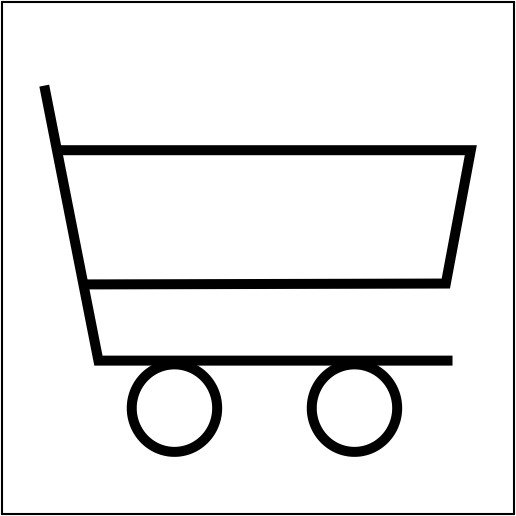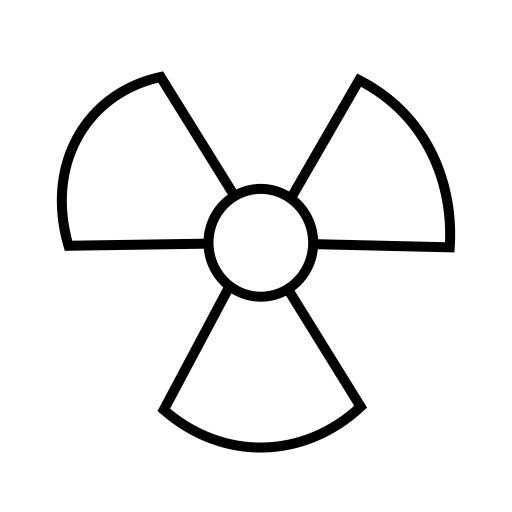Global Cloud Load Balancing Market Status and Forecast 2021-2027
Type: PDF
Status: Published
Categories: Aerospace and Defence
Report Code : OTHER2116103
No. of Pages : 138
Figure Cloud Load Balancing Picture
Figure Global Cloud Load Balancing Sales Value (Million USD) and Growth Rate (2016-2027)
Figure Global Cloud Load Balancing Sales Value CAGR (2020-2027) by Region
Figure Global Cloud Load Balancing Sales Value Market Share by Company, 2020
Figure Product Picture of Public Cloud
Figure Product Picture of Private Cloud
Figure Product Picture of Hybrid Cloud
Figure Global Cloud Load Balancing Sales Value Market Share by Category, 2020
Figure North America Cloud Load Balancing Sales Value Market Share by Category, 2020
Figure Europe Cloud Load Balancing Sales Value Market Share by Category, 2020
Figure Asia Pacific Cloud Load Balancing Sales Value Market Share by Category, 2020
Figure Central & South America Cloud Load Balancing Sales Value Market Share by Category, 2020
Figure Middle East & Africa Cloud Load Balancing Sales Value Market Share by Category, 2020
Figure Cloud Load Balancing in Large Enterprise
Figure Global Cloud Load Balancing Market: Large Enterprise (2016-2021)
Figure Cloud Load Balancing in SMES
Figure Global Cloud Load Balancing Market: SMES (2016-2021)
Figure Global Cloud Load Balancing Sales Value Market Share by End User/Segment, 2020
Figure North America Cloud Load Balancing Sales Value Market Share by End User/Segment, 2020
Figure Europe Cloud Load Balancing Sales Value Market Share by End User/Segment, 2020
Figure Asia Pacific Cloud Load Balancing Sales Value Market Share by End User/Segment, 2020
Figure Central & South America Cloud Load Balancing Sales Value Market Share by End User/Segment, 2020
Figure Middle East & Africa Cloud Load Balancing Sales Value Market Share by End User/Segment, 2020
Figure Global Cloud Load Balancing Sales Value Market Share by Region (2016-2021)
Figure North America Cloud Load Balancing Sales Value (Million USD) Status (2016-2021)
Figure Europe Cloud Load Balancing Sales Value (Million USD) Status (2016-2021)
Figure Asia Pacific Cloud Load Balancing Sales Value (Million USD) Status (2016-2021)
Figure Central & South America Cloud Load Balancing Sales Value (Million USD) Status (2016-2021)
Figure Middle East & Africa Cloud Load Balancing Sales Value (Million USD) Status (2016-2021)
Figure North America Cloud Load Balancing Sales Value Market Share by Country, 2020
Figure United States Cloud Load Balancing Sales Value (Million USD) Status (2016-2021)
Figure Canada Cloud Load Balancing Sales Value (Million USD) Status (2016-2021)
Figure Mexico Cloud Load Balancing Sales Value (Million USD) Status (2016-2021)
Request For Request Sample

Published On: 05-24-21
Single User
US$ 2980*** Benefits ***
1. 15% Free customization
2. Two Countries can add as per your choice
3. Two Company can add as per your choice
4. 35+ Countries
*** Services ***
1. Quarterly Industry Update for Six Months
2. One personal Research Analyst Allocate to you
3. 24*7 Research Support
4. Query will be resolve with 48 hours
Multi User
US$ 4470*** Benefits ***
1. 25% Free customization
2. Excel Data Sheet
3. Two Countries can add as per your choice
4. Two Company can add as per your choice
35+ Countries
*** Services ***
1. Client will get one updated report for a year.
2. Quarterly Industry Update for 1 Year.
3. One research analyst will allocate to you.
4. Query will be resolved within 36 hours.
24*7 Research Support.
Corporate User
US$ 5960*** Benefits ***
1. 25% Free customization
2. Excel Data Sheet
3. Two Countries can add as per your choice
4. Two Company can add as per your choice
5. 35+ Countries
*** Services ***
1. Client will get one updated report for a year.
2. Quarterly Industry Update for 1 Year.
3. One research analyst will allocate to you.
4. Query will be resolved within 36 hours.
5. 24*7 Research Support.

 +918421517810
+918421517810 +442921251543
+442921251543













